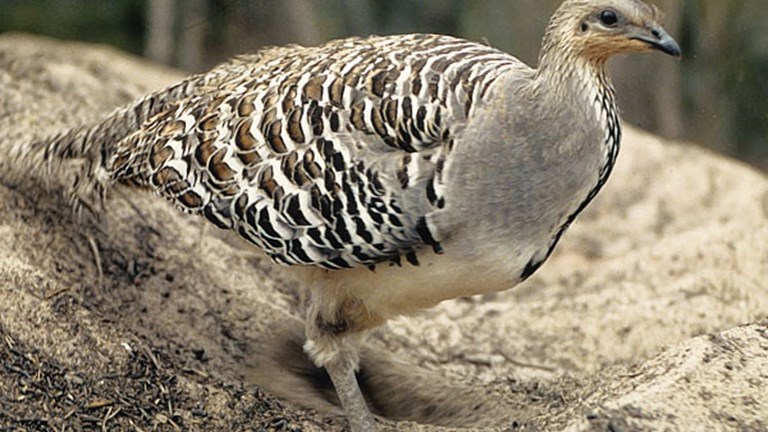
Malleefowl
Leipoa ocellata
Sunlight and a big sky...
Softly rolling plains, once under an ancient inland sea
Multi-stemmed eucalypts, wildflowers, parrots and lizards
Mallee Fowl parents hatch their chicks
The Victorian Mallee in the north-western corner of the state has a mosaic of vegetation types adapted to low rainfall and sandy soils. Most characteristic are the small multi-stemmed eucalypts or mallees that are able to survive fire by re-sprouting from large underground lignotubers. These mallee roots made the land hard for European settlers to clear for agriculture. Nevertheless, 70 per cent of the area is cleared of native vegetation making habitat loss is the single most important factor affecting wildlife. Large areas of mallee are now included in national parks.

Leipoa ocellata
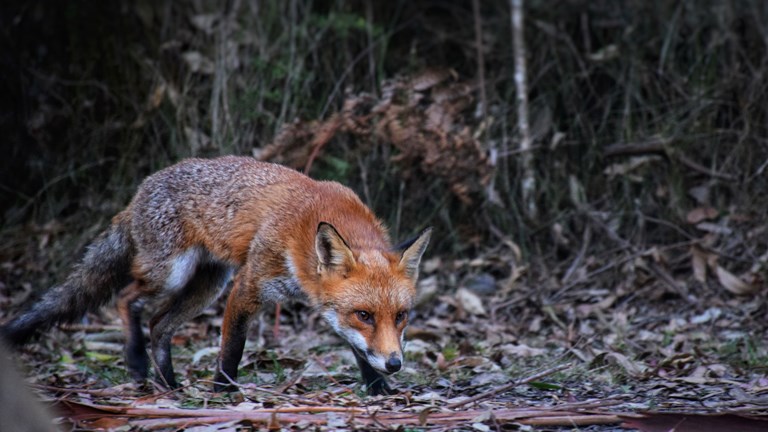
Vulpes vulpes
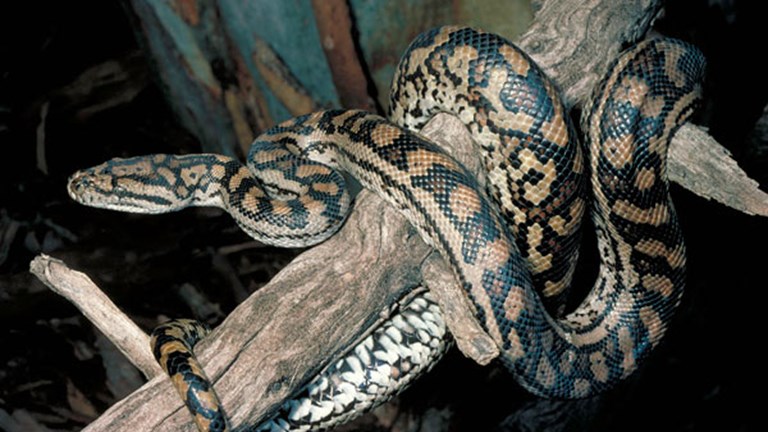
Morelia spilota metcalfei

Macropus rufus
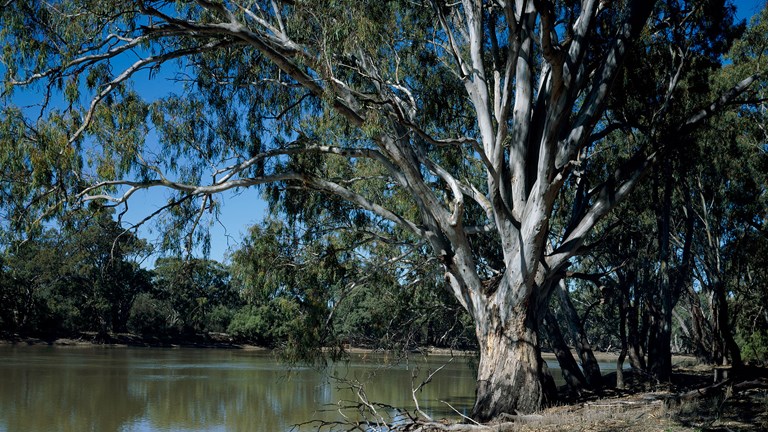
There are many types of dry forests in Victoria including stringybark, red gum, grassy woodlands and the remnants of the once great box–ironbark forests.
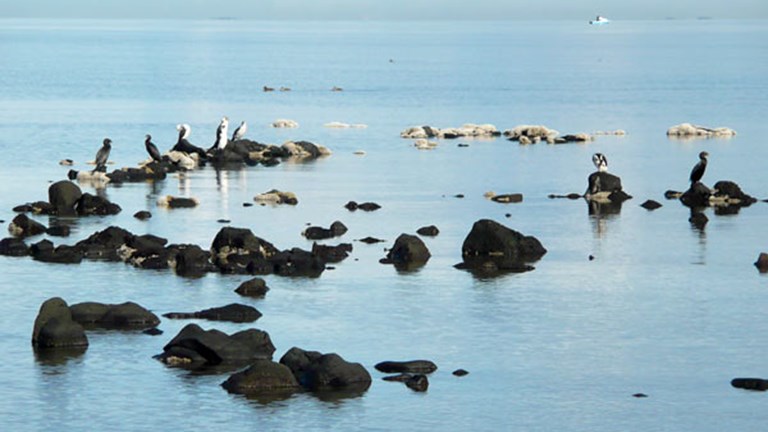
Victoria’s coastal wetlands are significant places for wildlife, with many listed in international conventions to protect the habitat of migratory birds.
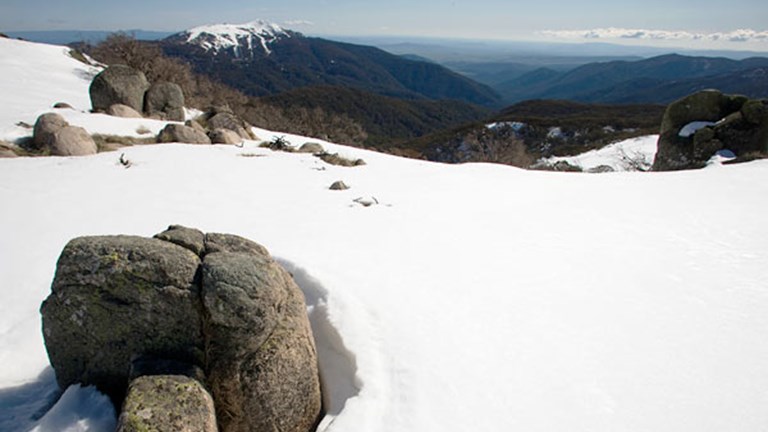
The Victorian Alps extend from the plateaus of Lake Mountain and Mt Baw Baw to peaks such as Mt Feathertop and the headwaters of the Murray River.
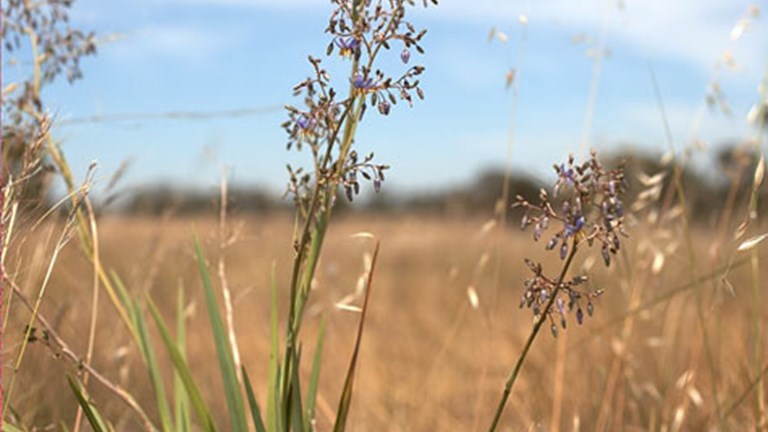
When the first Europeans arrived in Victoria there were grasslands on the vast, undulating western plains, on the northern plains and in Gippsland.
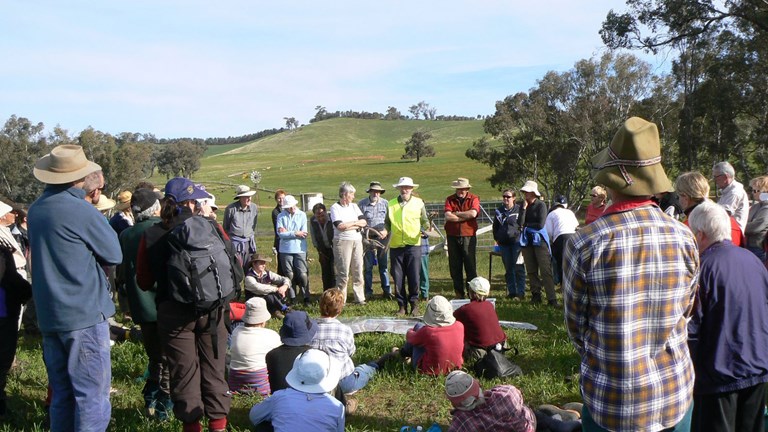
Find out about the issues affecting our special places and the plants and animals that live in them, and discover some ways you can help.
We are making improvements to our website and would love to hear from you about your experience. Our survey takes around 10 minutes and you can enter the draw to win a $100 gift voucher at our online store!
Museums Victoria acknowledges the Wurundjeri Woi Wurrung and Boon Wurrung Bunurong peoples of the eastern Kulin Nations where we work, and First Peoples across Victoria and Australia.
First Peoples are advised that this site may contain voices, images, and names of people now passed and content of cultural significance.